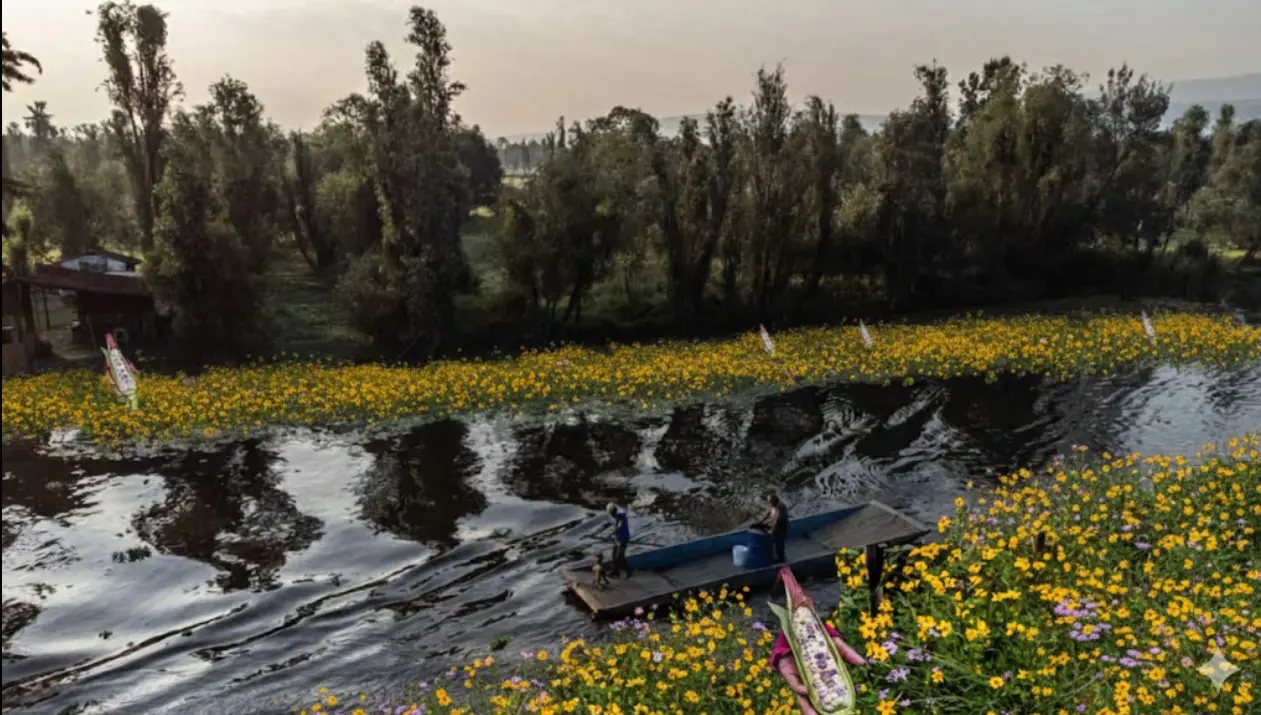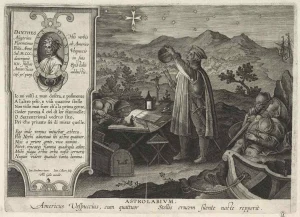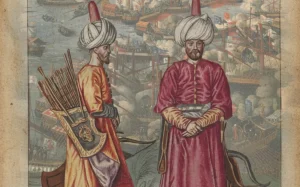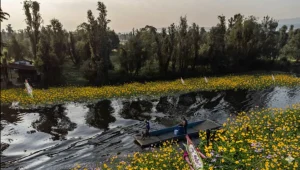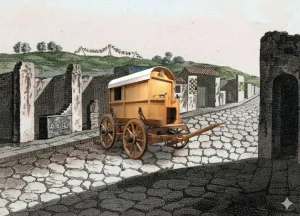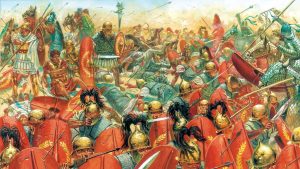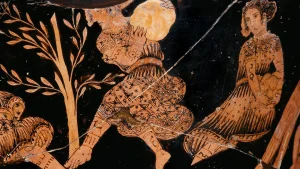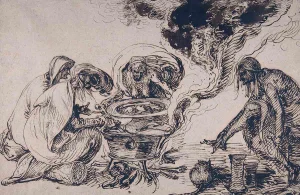For millennia, agriculture in Mexico has been far more than the act of planting and harvesting. It is ceremony, kinship, and memory braided into the soil. Fields are classrooms where children learn their first words for rain and wind; trees are elders; seeds are family heirlooms tucked into the hems of daily life. In recent years—amid climate volatility, fragile supply chains, and a growing hunger for food that heals rather than harms—some of Mexico’s oldest land-based traditions have stepped back into the light.
These practices—rooted in reciprocity, balance, and long-view stewardship—once sustained entire civilizations. Today they are being revived not as artifacts but as living systems: adaptive, biodiverse, and astonishingly modern in their wisdom. Three in particular stand out for their endurance and renewed relevance: the Maya milpa cycle, the chinampa “floating gardens” of the Valley of Mexico, and the terraced agriculture of the Mixteca Alta. Each carries a rhythm, a science, and a story that reaches from pre-Columbian time straight into our uncertain century.
Milpa
Picture a clearing at the edge of the Maya forest at first light. Smoke rises in slender ribbons from a recently burned plot, the ash dusting the ground like gray snow. In the loosened soil, farmers plant the “milpa trilogy”—maize, beans, and squash—setting the stage for a choreography perfected over at least 3,500 years. In Yucatec Maya, the milpa is called Ich Kool: a field, yes, but also a worldview. It is the pulse of communities from the Yucatán Peninsula across southern Mexico into Guatemala, Belize, El Salvador, and beyond.
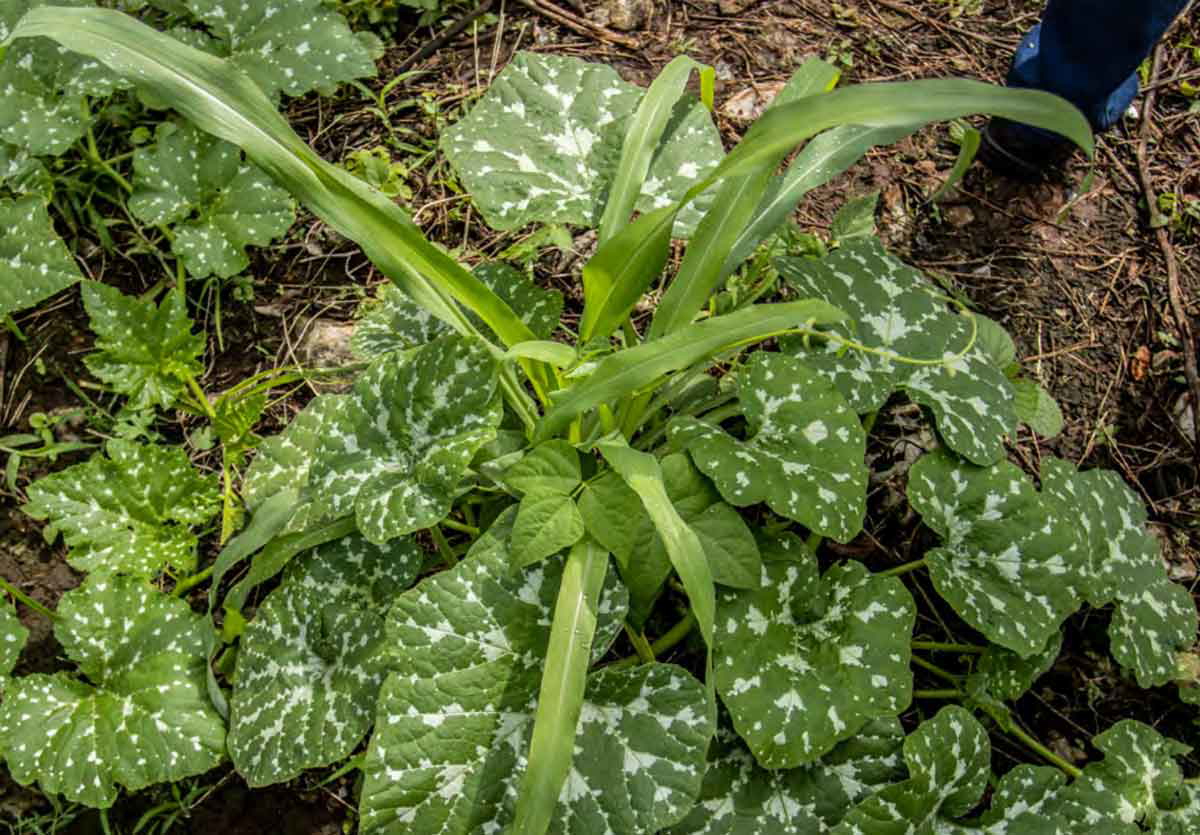
Unlike monocultures—vast, single-crop fields that depend on heavy external inputs—the milpa is a polycultural mosaic. Corn climbs toward the sun; beans twine up the maize stalks, fixing nitrogen into the soil; squash sprawls across the ground, shading moisture in and weeds out. Around and between them, farmers weave in amaranth, tomatoes, chiles, herbs, tubers, and medicinal plants as local needs and seasons allow. Diversity isn’t a flourish here—it is the engine that makes the system self-sustaining. Pests have fewer footholds. Soil structure improves. Nutrients cycle. Birds and insects find habitat at field edges that look and act like a living fringe of forest.
What makes milpa especially remarkable is its cadence across time. The cycle traditionally unfolds over decades in four phases that mirror forest succession. A plot is opened and fertilized with nutrients from carefully managed slash-and-burn, then planted to the milpa mix. As soil health rebounds and shade-tolerant species establish, fruit trees—papaya, banana, plantain—arrive to cast protective canopies over young saplings of avocado, mango, and allspice. In the next phase, hardwoods like cedar and mahogany rise to maturity, gradually shifting the understory away from annuals and toward a multi-story agroforestry system. Finally, the field returns to a closed-canopy woodland, resting and regenerating until its next turn in the cycle.
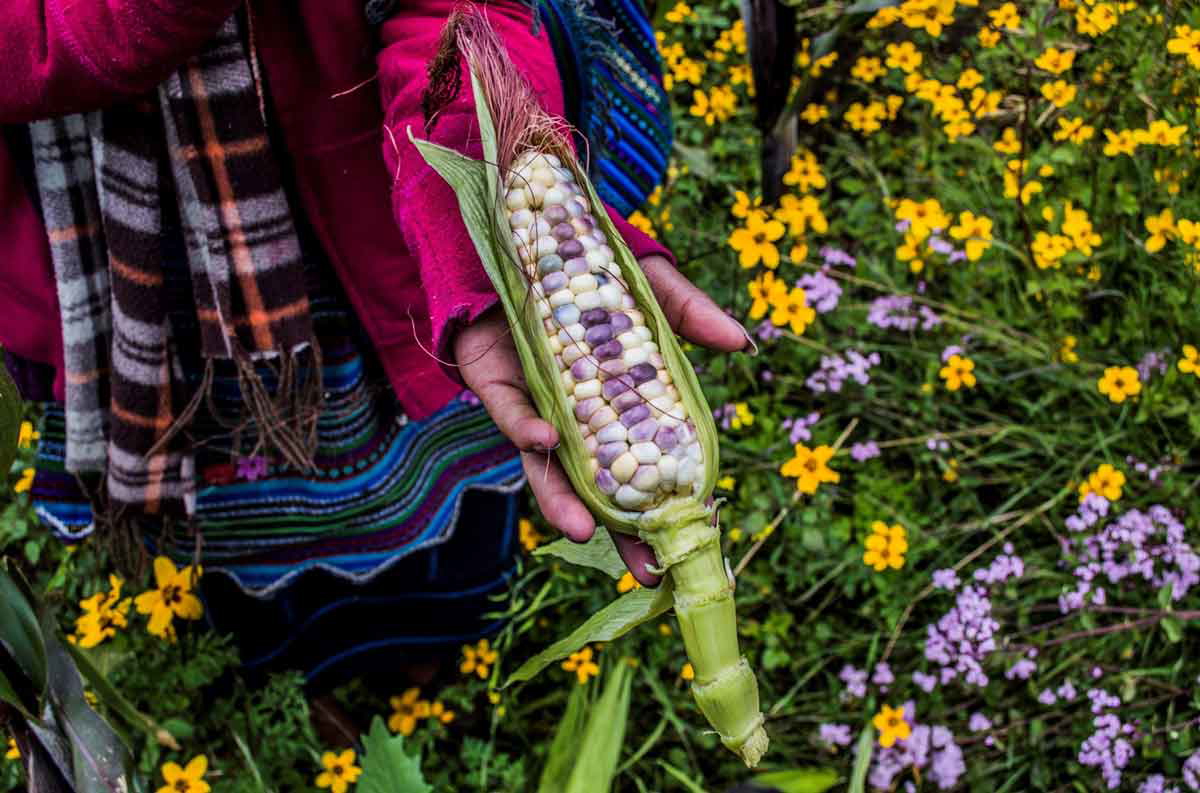
The result is not a checkerboard of static plots but a moving mosaic—fields and forests in conversation, each at a different stage of growth, each supporting the others. The system feeds communities while maintaining forest cover and soil fertility, reframing “fallow” not as emptiness but as a vital period of recovery. It also braids social values into agronomy. Milpa work is communal by design: seed exchanges, shared labor days, and harvest festivals turn farming into culture, and culture back into resilience.
Of course, milpa systems have faced headwinds. Economic pressure nudges farmers toward cash crops and chemical inputs; deforestation and land-use change can shorten or interrupt the cycle; young people tempted by city wages leave knowledge gaps behind. Yet the arc is bending back. Community-led schools, farmer-to-farmer networks, and research collaborations are renewing pride and practice. Recognition from global organizations has helped validate what Maya communities already knew: milpa is both heritage and cutting-edge sustainability—a toolkit whose principles can be adapted to many landscapes, far beyond the Maya forest.
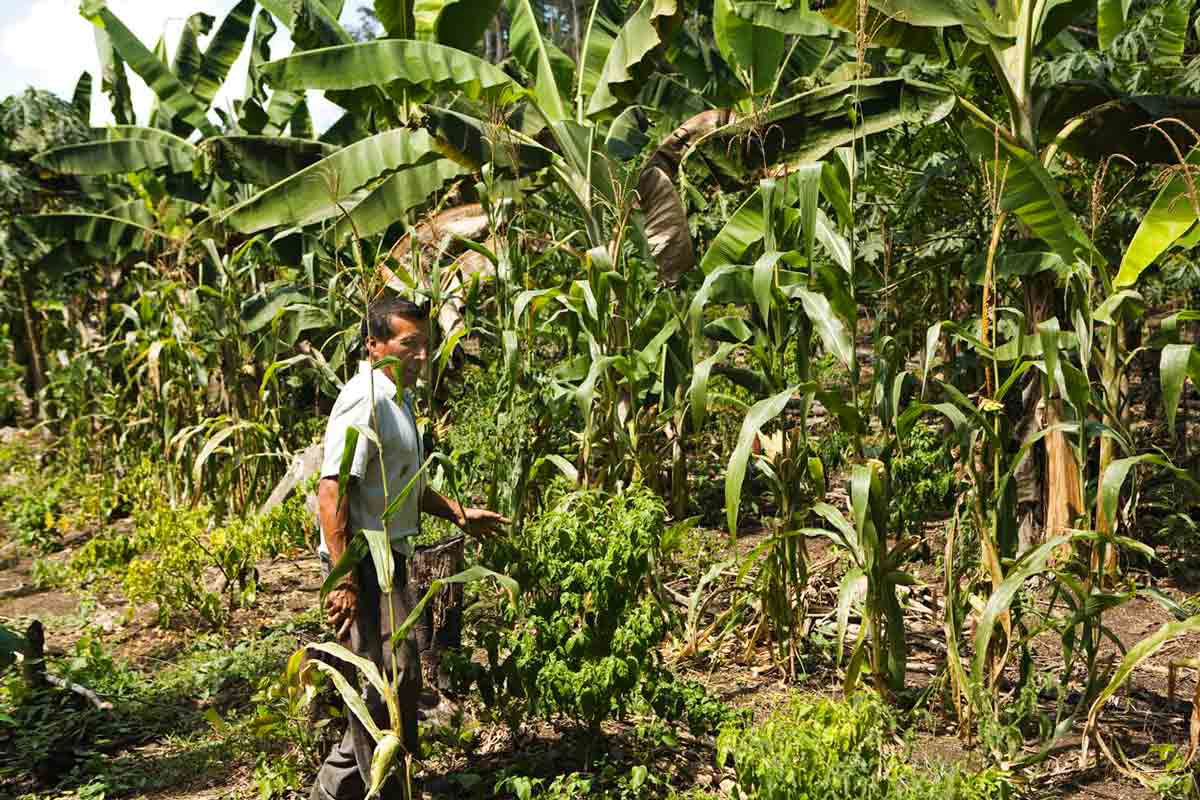
Chinampas
Now shift scenes to the southern wetlands of Mexico City at dawn. The water is still, a mirror holding the first pink of morning as a flat-bottomed boat glides between channels lined with ahuejote willows. Here, on man-made islands called chinampas, farmers coax a carnival of greens from beds of rich lacustrine soil—spinach, chard, herbs, radishes, edible flowers—produce that tastes as fresh as the mist that beads on it.
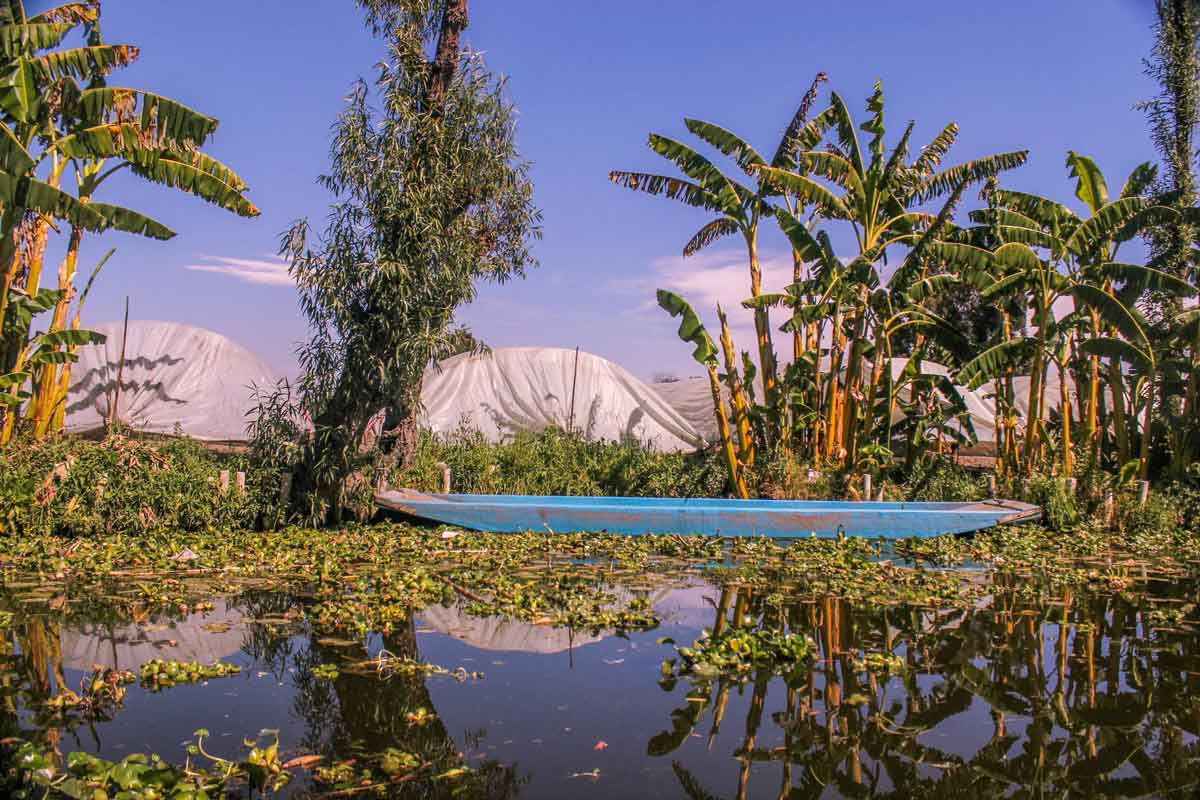
Chinampas are feats of ecological engineering. Built centuries ago by layering lakebed mud and plant matter within a frame of woven reeds, each island creates a hyper-fertile, well-drained platform. Moisture wicks up from the canals. Nutrients cycle in place. Frosts arrive later; heat lingers longer. The surrounding water moderates microclimates and supports a web of life, including endangered species like the axolotl. Before the Spanish conquest, these “floating gardens” fed Tenochtitlan, then the largest city in the Western Hemisphere, proving that a metropolis could be provisioned by local, regenerative agriculture.
Colonization unraveled much of that hydrological fabric. Lakes were drained, Indigenous crops suppressed, and urban expansion gradually hemmed in the remaining wetlands. In Xochimilco—the last great stronghold of chinampa culture—many islands were abandoned or converted to conventional farming methods. Pollution and development pressed hard. For decades the future of chinampas seemed to hang by a reed.
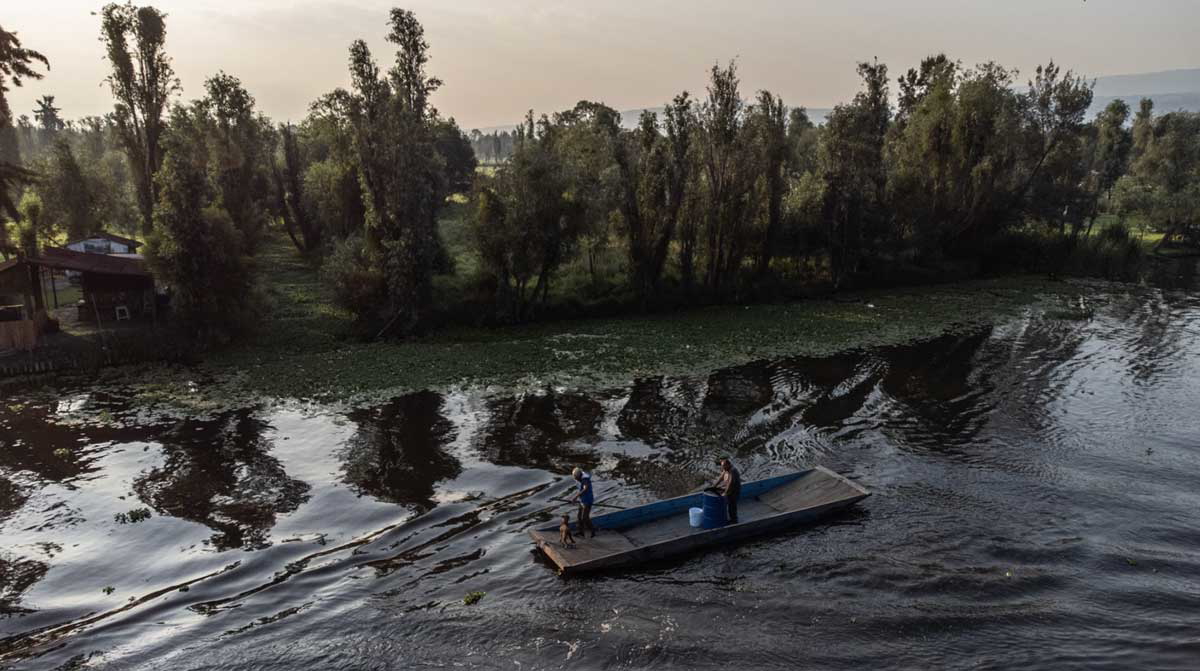
Yet the wetlands endured, and so did a cadre of chinamperos determined to keep this knowledge alive. Their renewed moment arrived in stark relief during the pandemic, when international supply chains faltered and Mexico City’s restaurants and families looked inward for reliable, safe food. Chinampa produce—harvested at dawn, in kitchens by lunchtime—stepped into the breach. Chefs placed weekly orders. Residents signed up for direct-to-door baskets. Tourists, once content to drift along in colorful trajineras, began booking visits that emphasize ecology and agriculture over spectacle.
The revival is practical and poetic. Practically, chinampas shorten the farm-to-table distance to mere kilometers, slashing transport emissions and spoilage. They use fewer external inputs, capitalize on on-site composting, and recycle nutrients through canal dredging. They buffer floods by absorbing heavy rains and holding water like a sponge. And they re-weave urban biodiversity, giving pollinators and water birds refuge in a city of concrete. Poetically, they re-introduce the megacity to the water that once defined it. To stand on a chinampa is to feel time collapse—the ancient capital’s logic suddenly legible in the present.
Revival here isn’t nostalgia; it’s a blueprint for urban resilience. With careful stewardship—cleaner canals, protected buffer zones, fair prices for truly regenerative produce—Xochimilco’s floating gardens can be both museum of the past and proving ground for the future.
Mixteca Terraces
Travel next to the Mixteca Alta of Oaxaca and Guerrero, where mountains fold like knuckles under the sky. Arable flats are rare in this landscape; rain arrives in fierce bursts that can strip soil from slopes in a single storm. For more than two thousand years, the Mixtec people have answered with architecture: terraces that turn steep hillsides into stairways of life.
A terrace begins with a dry-stack stone wall faced against the slope. Behind it, layers of soil are built up and leveled to create a narrow field. Channels and spillways thread downhill, guiding rainfall into storage rather than into erosive torrents. Over time, a mosaic takes shape—hundreds of steps cupping water, anchoring soil, and multiplying growing space where gravity once said no.
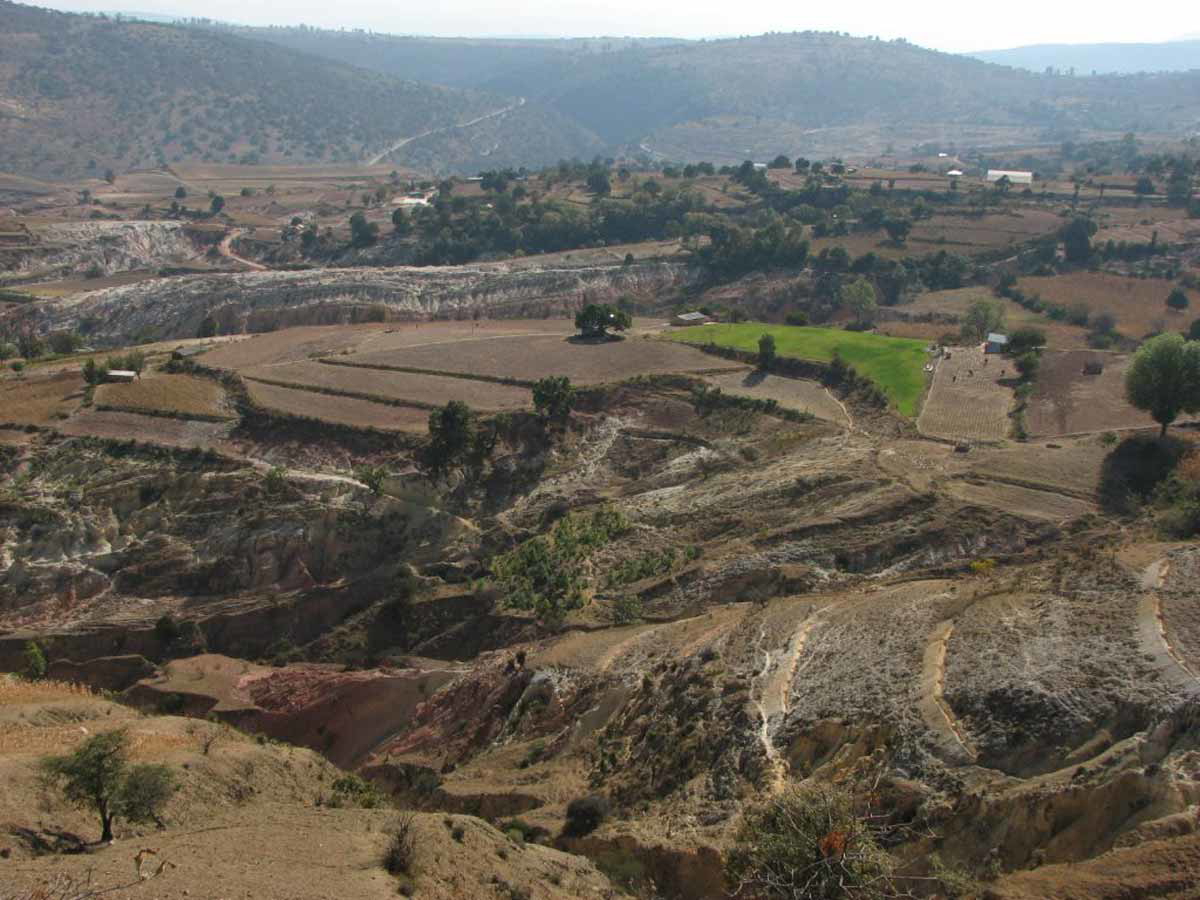
For communities with little flat land, this ingenuity has been decisive. Terraces make room for maize, beans, squash, agave, fruit trees, and forage crops, combining annuals and perennials in a vertical patchwork. They stabilize hillsides, improve infiltration, and sequester carbon in both soil and stone. Farmers read the slopes like books—gauging wind patterns, mapping seep zones, adjusting wall angles. It’s slow knowledge, earned with calloused hands and precise eyes, passed along by doing.
The Spanish conquest shattered Mixtec society—disease, forced labor, and upheaval emptied villages and interrupted land care. Many terrace systems fell to ruin. But not all. In pockets, families maintained or rebuilt the steps, often blending tradition with new tools: digital mapping to plan water flows, organic amendments to rebuild soils, and community work brigades that revive old walls stone by stone. Archaeologists suspect that some plots under cultivation today sit atop foundations laid before European contact—a palimpsest of perseverance.
What makes terraces powerful isn’t only their past but their promise. In a warming world, they distribute water more fairly across a slope and cushion both deluge and drought. They keep precious soil where it belongs. They create microclimates—warm pockets, cool niches—that diversify what can be grown and when. And they spark social infrastructure: collective maintenance days, shared nurseries for terrace trees, agreements on water use. As with the milpa and the chinampa, the agronomy and the community are one.
Why the Comeback Matters Now
It would be easy to file these practices under “heritage” and leave them there, dusted and admired. But their comeback is not sentimental—it is strategic. Each system addresses a modern pain point with an old, field-tested answer.
Biodiversity loss? Milpas increase species richness in and around fields, offering corridors and food sources for insects, birds, and soil organisms. Soil degradation? Terraces and milpas build structure and organic matter, while chinampas continually refresh their nutrient base from the canals. Water stress? Terraces spread and sink rainfall; chinampas store it in the landscape; milpas shade it into the soil. Food insecurity and supply chain fragility? All three shorten the distance between producer and plate, embedding nourishment within communities themselves.
They also recalibrate our sense of time. Industrial agriculture often prizes speed—fast growth, fast turnover, fast profit. Ancestral systems teach cyclical pacing: sow, harvest, rest, regenerate. They remind us that “fallow” is investment, not idleness; that forest succession can be a farming method; that stones stacked by a great-grandparent can still hold a hillside after a century of storms. In an era obsessed with disruption, these practices model continuity.
None of this romanticizes the challenges. Farmers need land security, fair prices, and access to markets that value ecological goods. Wetlands require protection from pollution and encroachment. Young people must see a future in the field that is dignified and financially viable. But the scaffolding of renewal is already visible: farmer-led workshops, school gardens that teach with native seed, chef-producer alliances, community tourism that uplifts rather than extracts, and research partnerships that treat Indigenous knowledge as science—not folklore.
The Next Harvest
At their core, Mexico’s ancestral farming practices are stories about relationships: people with soil, crops with each other, water with stone, forest with field. The milpa braids species into mutual aid. The chinampa turns a city back toward its waters and asks it to listen. The Mixteca terrace coaxes stability from steepness and patience from haste. Each reminds us that agriculture can be a covenant rather than a transaction—a way of living that feeds bodies, restores ecosystems, and strengthens culture all at once.
As these traditions return to wider practice, they invite a broader reimagining. What would it mean to plan cities with wetlands as partners, not obstacles? To price food by its capacity to regenerate life, not merely by its yield per hectare? To evaluate success not only in quarterly harvests but in decades-long cycles of fertility and forest cover? The answers are not abstract; they are already sprouting in plots across the Yucatán, gliding between canals in Xochimilco, and holding the hills of the Mixteca Alta one stone at a time.
The comeback of Mexico’s ancestral agriculture is not a step backward; it is a step home. And home, as every farmer knows, is where the next seed finds the courage to push up through the dark, feel for the sun, and begin again.

